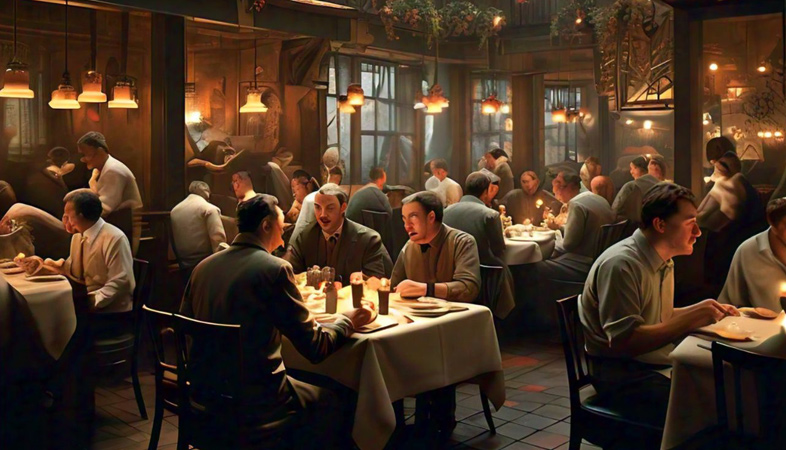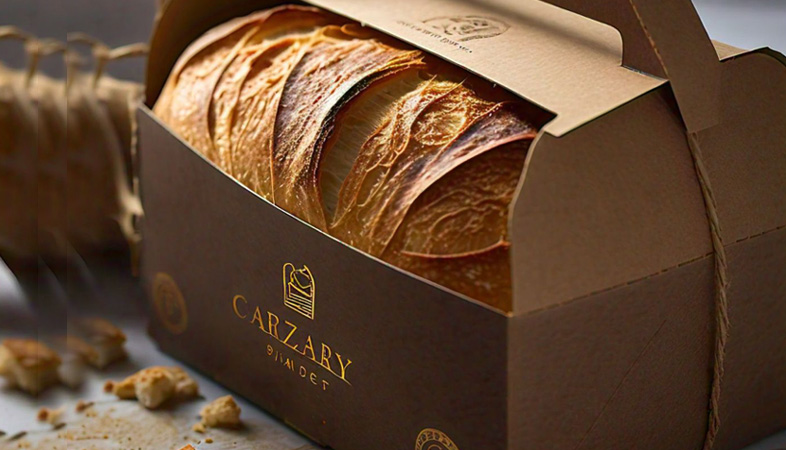SHARE
Commercials
More Posts
Aug 10, 2025
Virtual Dining Rooms: Restaurants in the Metaverse
May 24, 2025
Dry Fruits Peda - By Falguni Somaiya
Aug 10, 2025
Virtual Dining Rooms: Restaurants in the Metaverse
May 24, 2025
.png)



























